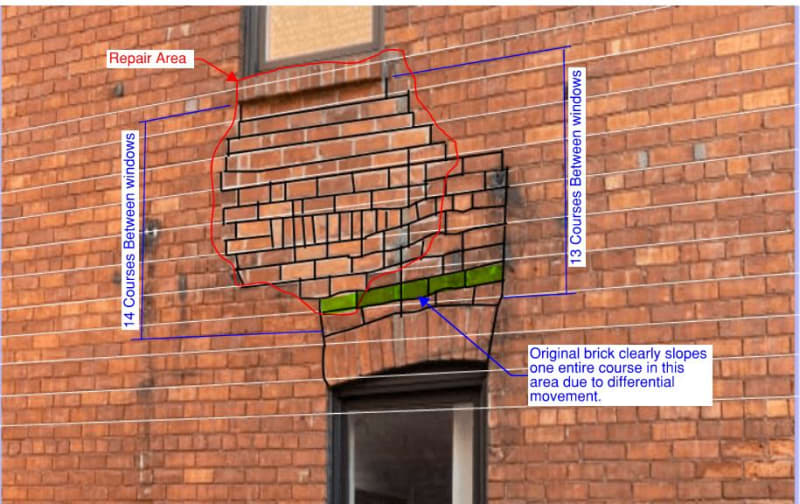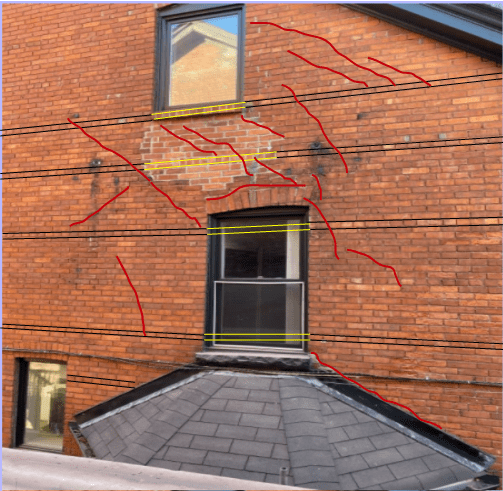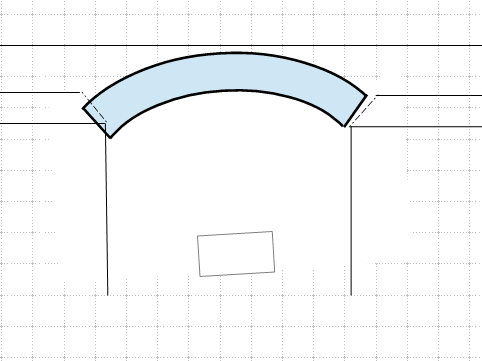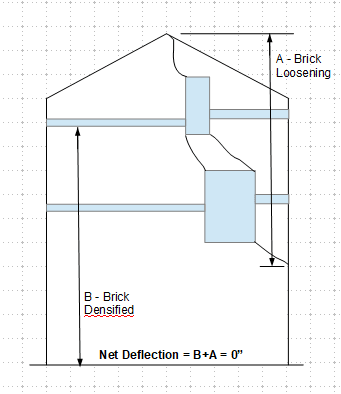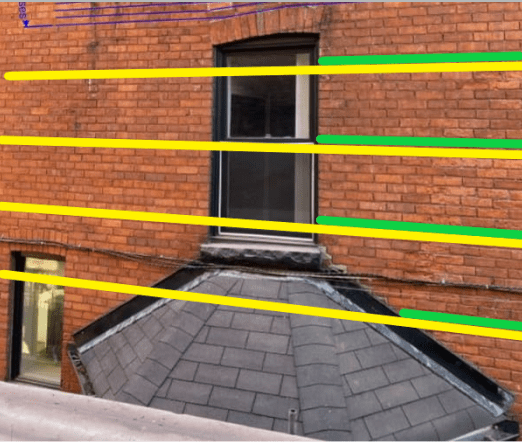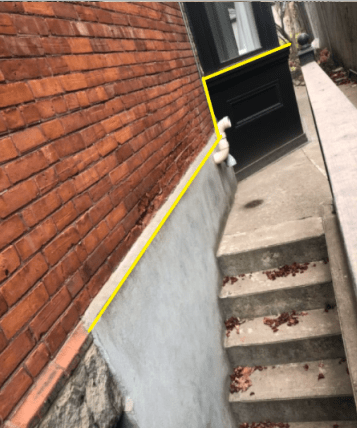lubos1984
Structural
- Jul 5, 2019
- 65
hello everyone,
I recently did an inspection of a old victorian home in Toronto. While doing the inspection i noticed that the outside brick wall has sagged around the archway windows and in some areas of the wall. Upon closer examination there were no lintels installed in the window arches and I think that contributed to some of the settlement you can see on the pics.
The brick settlement seems to extend above the lintel as well however as you can see from the brickline above the window.
The house is constructed with two rows of brick on the outside wall. I didn't see any settlement at the foundation level although the outside wall seems to have concrete parging.
The client wants to know what the best recommendation is to repair this issue and if there are any underlying structural problems. They are considering a re-work of the outside brick veneer but wanted to know if there are any foundation issues. Any opinion on what some of the causes of the brick settlement may be and what other clues I can look for ?
Thank you!
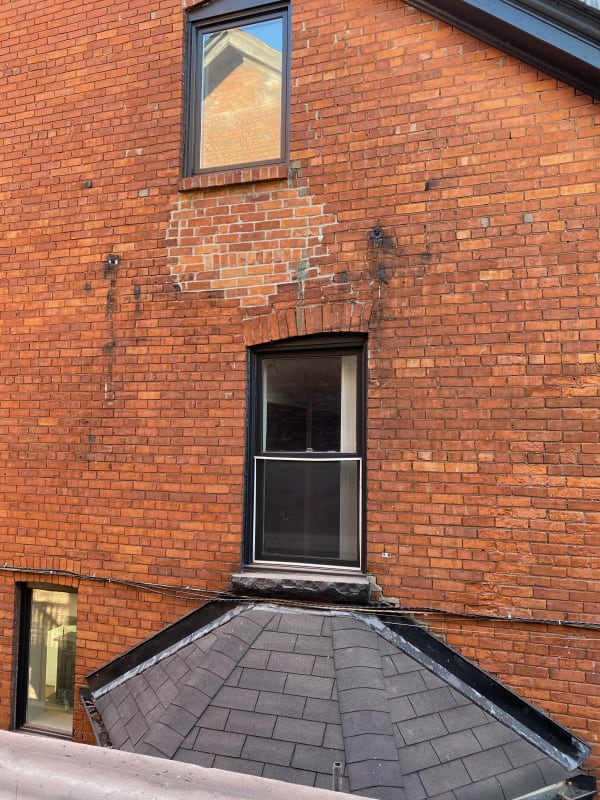
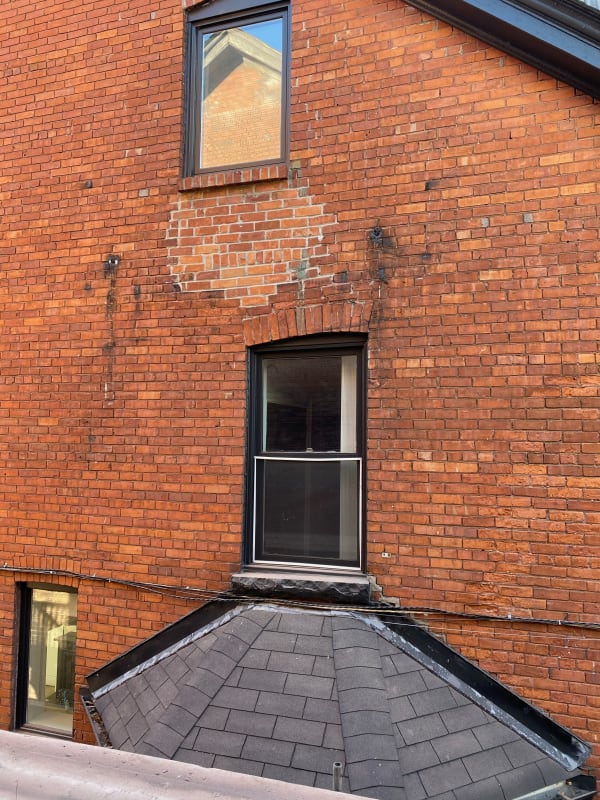
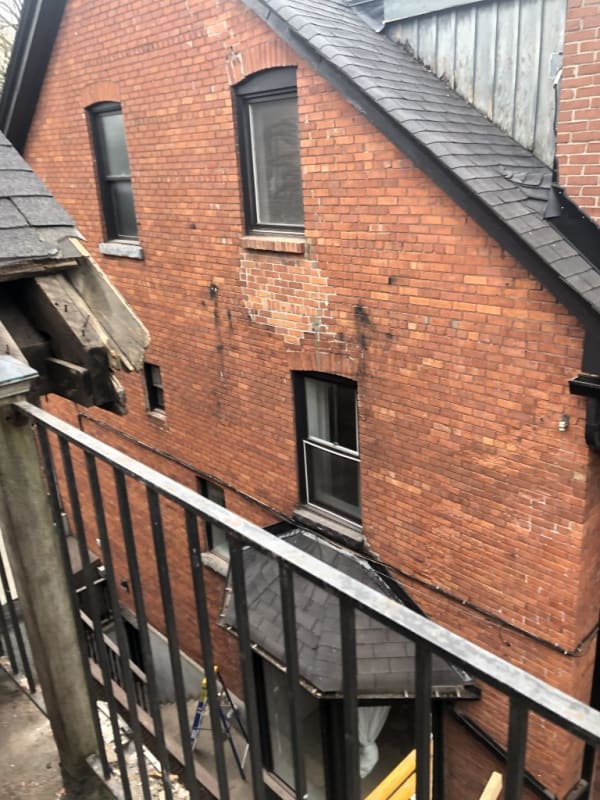
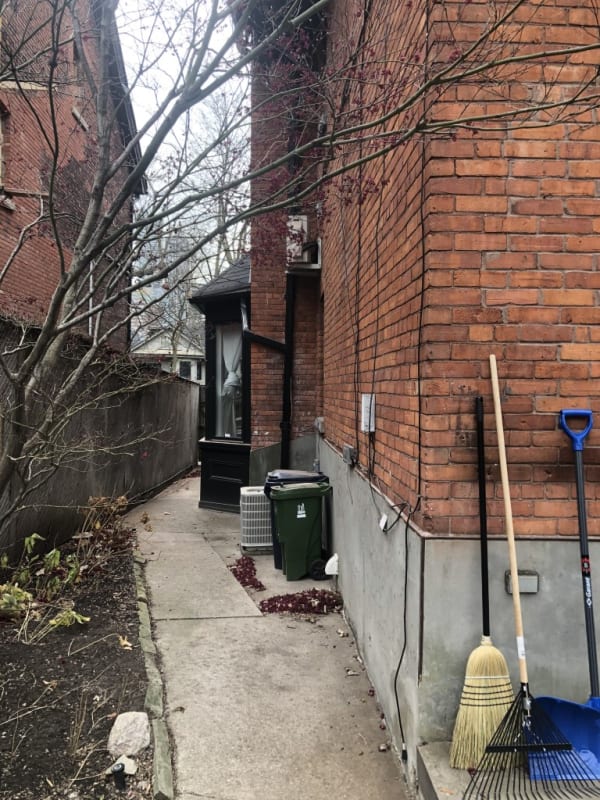
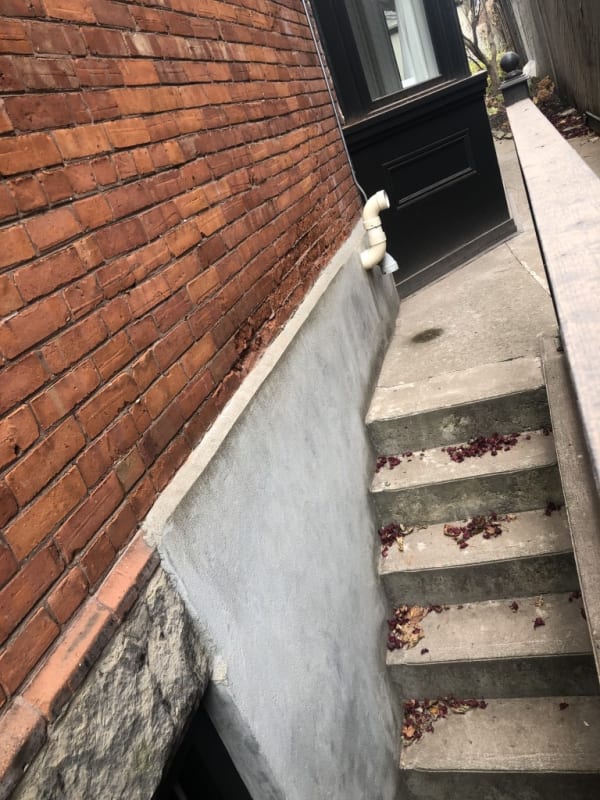
I recently did an inspection of a old victorian home in Toronto. While doing the inspection i noticed that the outside brick wall has sagged around the archway windows and in some areas of the wall. Upon closer examination there were no lintels installed in the window arches and I think that contributed to some of the settlement you can see on the pics.
The brick settlement seems to extend above the lintel as well however as you can see from the brickline above the window.
The house is constructed with two rows of brick on the outside wall. I didn't see any settlement at the foundation level although the outside wall seems to have concrete parging.
The client wants to know what the best recommendation is to repair this issue and if there are any underlying structural problems. They are considering a re-work of the outside brick veneer but wanted to know if there are any foundation issues. Any opinion on what some of the causes of the brick settlement may be and what other clues I can look for ?
Thank you!






